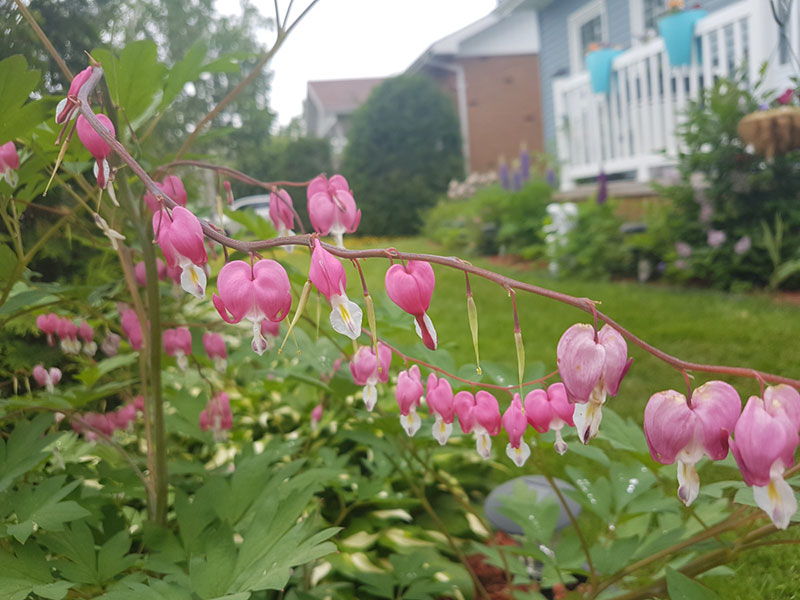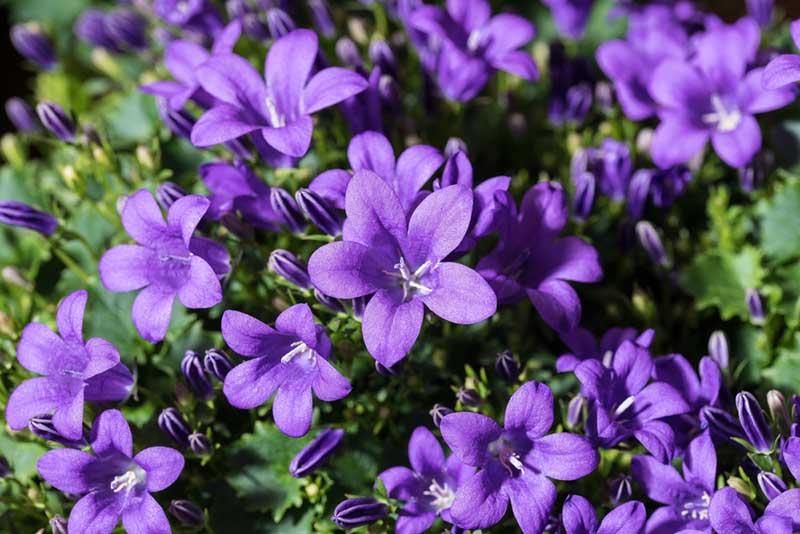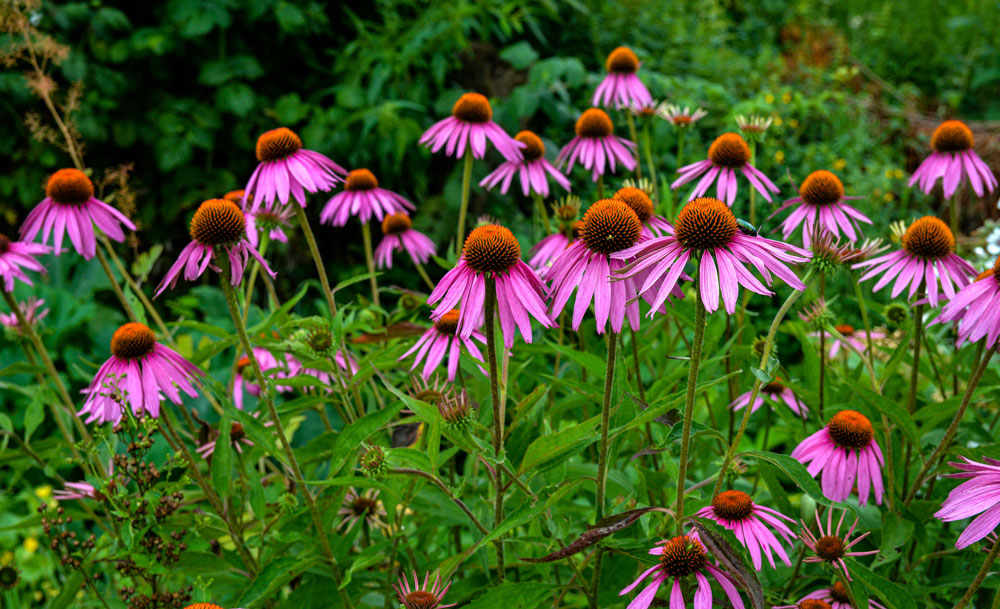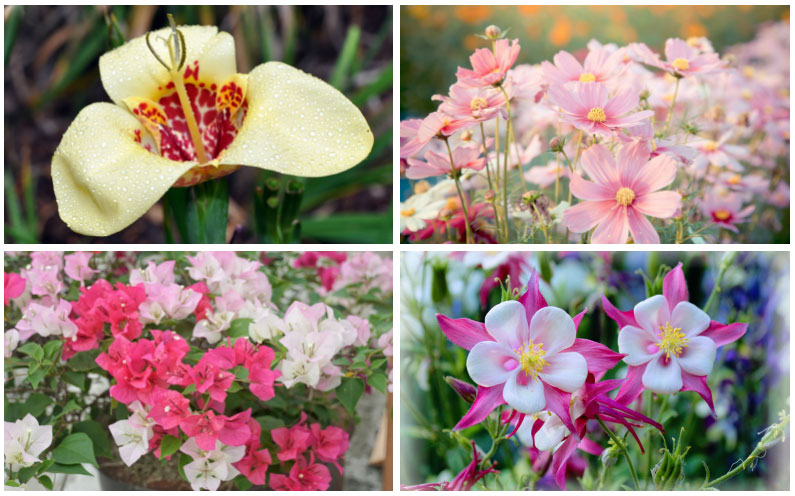
Wisconsin is a snowy area of the country that has bitter cold winters. In addition to this, the summers are hot in this part of the country, so some plants may have trouble adjusting to the extreme temperatures.
When my sister moved to this area of the country, we had a hard time finding perennials that we could grow that would survive the cold winter without dying. Even when you brought some of the plants inside, they never seemed to do well when it started to get chilly. After a bit of research, these are some of the plants that did the best in Wisconsin.
Creeping Phlox

This is a ground cover that will only grow to be about six inches from the ground, so it can easily help make your garden look less bare. When it blooms, the tiny flowers, which are pink, blue, and purple in color, look like a soft carpet. This plant does well in full sun, moderate water, and soil that is well-draining.
Bleeding Heart

Bleeding hearts have blooms that are red, white, or pink, and they dangle from the plant in the shape of a heart. These plants will grow well in zones three to nine, and they can vary in height. Most varieties prefer to grow in partial sun and slightly acidic soil. Make sure that the soil is also well-draining so that the plant does not get root rot. For more information see our guide on growing Bleeding Hearts.
Salvia

If you want to attract hummingbirds to your garden space, then the salvia plant’s bright red blooms will be a great addition to your garden. Though, the blooms can also be a lighter shade of pink. It is a plant that prefers to grow in full-sun conditions, and it will need well-drained soil as well. Some varieties of salvia are not hardy enough to grow in a colder climate.
Coral Bells

This is a plant that looks great with a rocky bed. The blooms will be either bright pink or bright purple, and the plant can easily grow to be about three feet in height. Coral bells are very low maintenance, but they do prefer to be planted in an area where they will get full sun.
Bellflowers

The bellflower is a plant that can be seen growing in zones three and above. They do well in cold temperatures, so the hardier varieties should thrive in this part of the country. They do well in full-sun conditions, and they will need moderate water and well-draining soil to grow. The blooms that they produce can be nearly any shade of purple, pink, or blue.
Knock Out Roses

This is a hardy rose that can handle colder temperatures with the right protection, but they can also withstand the hot summer heat. These roses can grow to be up to four feet in height, and they require very little care to maintain them. With that said, pruning during the spring can be optimal for the growing season. For more information see our guide on Growing Knock Out Roses.
Russian Sage

Russian Sage is a lovely plant that can easily grow in Wisconsin. It will do best in zones five through 10, but with extra care, they can be seen in zone four as well. It is a plant that does well in somewhat dry conditions, and it does not require a lot of water to grow. It can grow in both the sun and the shade.
Rudbeckia

Also called a black-eyed Susan, the plant creates black and yellow blooms that are breathtaking. They can be seen growing in hardiness zones four to nine, and they require very little care. Full sun is preferred as well as well-draining soil, but it is not necessary for the plant to grow. Most varieties of this plant will bloom between June and September.
Gayfeather

This is a great option to consider for a tall plant that you can place in the back of your garden because it can easily grow to be three feet high. It can tolerate the cold air, so it is a plant that can do well in zones three to nine. They do best with full sun conditions, and the flowers that they bloom during the summer months are purple.
Rock Cress

As the name implies, this is a great plant to grow in a rock garden. It is a ground cover that likes full-sun conditions with a lot of moisture, so it will need to be watered often. It also needs well-draining soil so that the roots do not sit in water. It grows in hardiness zones four to seven, and it will creep across the rocks as it grows.













